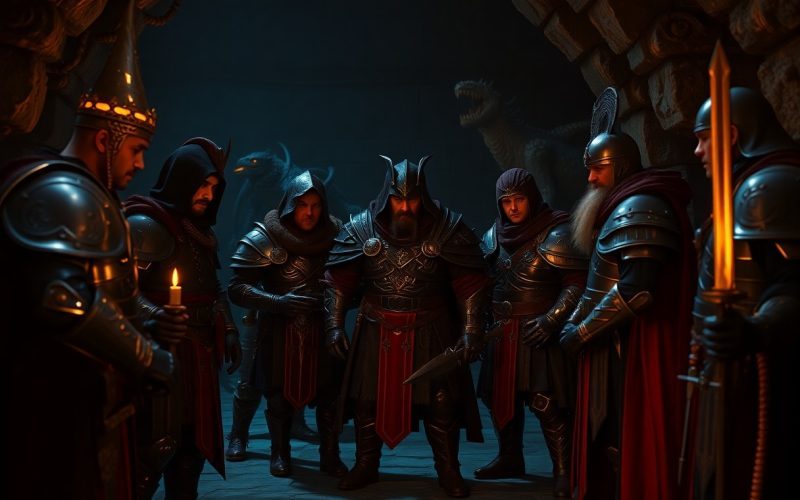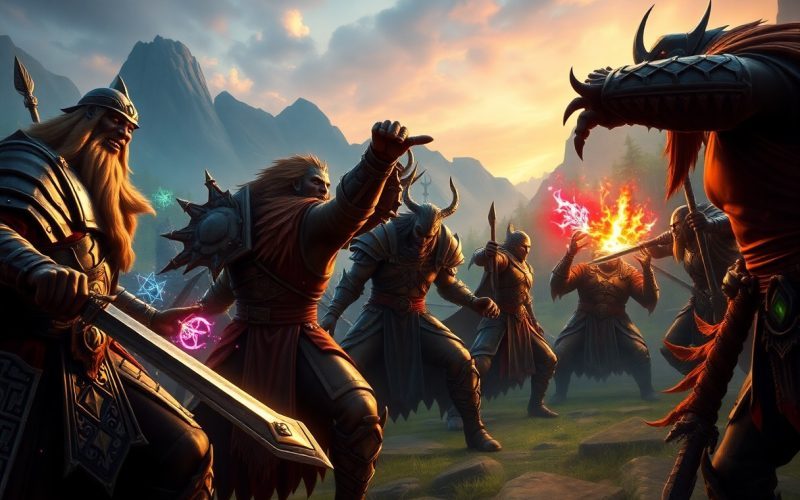There’s a rich tapestry woven into the legacy of PvP design found in “World of Warcraft: The Burning Crusade” (TBC) that profoundly influenced the development of competitive gaming in subsequent MMORPGs. WoW TBC, released in 2007, was pivotal in shaping the expectations and standards for player-versus-player combat, creating echoes that can still be felt in the genre today.
One of the most notable aspects of TBC’s PvP design was its commitment to balance between the character classes. Unlike previous expansions, where certain classes dominated the arena and battlegrounds, TBC introduced a more nuanced approach to class capabilities. Each class received unique battleground and arena abilities, allowing for intricate synergies during fights while also ensuring no single class could overshadow others. This emphasis on balance highlighted the importance of careful class design, as developers learned that maintaining an equitable playing field encourages player engagement and satisfaction.
Another significant lesson from TBC was the need for progressive reward systems. The introduction of the Arena system and various ranks provided tangible goals for players, fostering a sense of competition and achievement. Players could earn prestigious titles, gear, and other rewards based on their performance in PvP events. This progression system encouraged players to improve their skill level while providing a palpable incentive to participate. TBC demonstrated that incentivizing player engagement through structured rewards is vital for sustaining a thriving PvP community.
The design of battlegrounds in TBC also showcased the importance of diverse gameplay styles. The expansion introduced new battlegrounds like Eye of the Storm, which blended elements from previous battlegrounds into a unique format requiring strategic thinking and team coordination. TBC’s various environments fostered different dynamics and strategies, revealing that incorporating diverse PvP modes can cater to a broader player base while enhancing the overall gaming experience.
Community engagement played a significant role in TBC’s success. Blizzard invested in their community by facilitating tournaments and regular updates based on player feedback. This two-way interaction established trust and demonstrated the value of community input in game development. By responding to player concerns and wishes, developers can create a more welcoming and actively engaged player community, which leads to a more dynamic and evolving gaming experience.
Finally, the focus on spectator tools during TBC’s Arena tournaments was remarkable. With features that allowed viewers to track player stats and movements, the expansion set standards for tournament organization. The presence of a spectator-friendly design created interest not just from participants but also from an audience that wanted to follow competitive events. This was an early glimpse into the rising eSports scene and taught developers that enhancing the viewership experience can significantly contribute to the longevity and popularity of PvP competitions.
Overall, WoW TBC laid foundational principles that influenced upcoming MMORPGs in PvP design. The integration of balanced class mechanics, progressive reward systems, diverse gameplay formats, active player engagement, and a focus on spectatorship were all key lessons from this expansion. As games continue to evolve, the legacy of TBC’s PvP design principles remains evident, guiding developers in creating enriching and lasting competitive experiences for players worldwide.







